- Antipasti
- Bella Italia
- Dessert
- Drinks
- Favorite Italian recipes
- Main courses
- Pasta
- Pizza
- Side dishes and salad
- Tips & Knowledge
Make your own ravioli – recipe
In the recipe, you will learn how to make ravioli yourself, including illustrated instructions. There are also brilliant ideas for fillings and lots of background knowledge about ravioli at the end of the article. Ravioli are simply fun and delicious. Just give it a try!
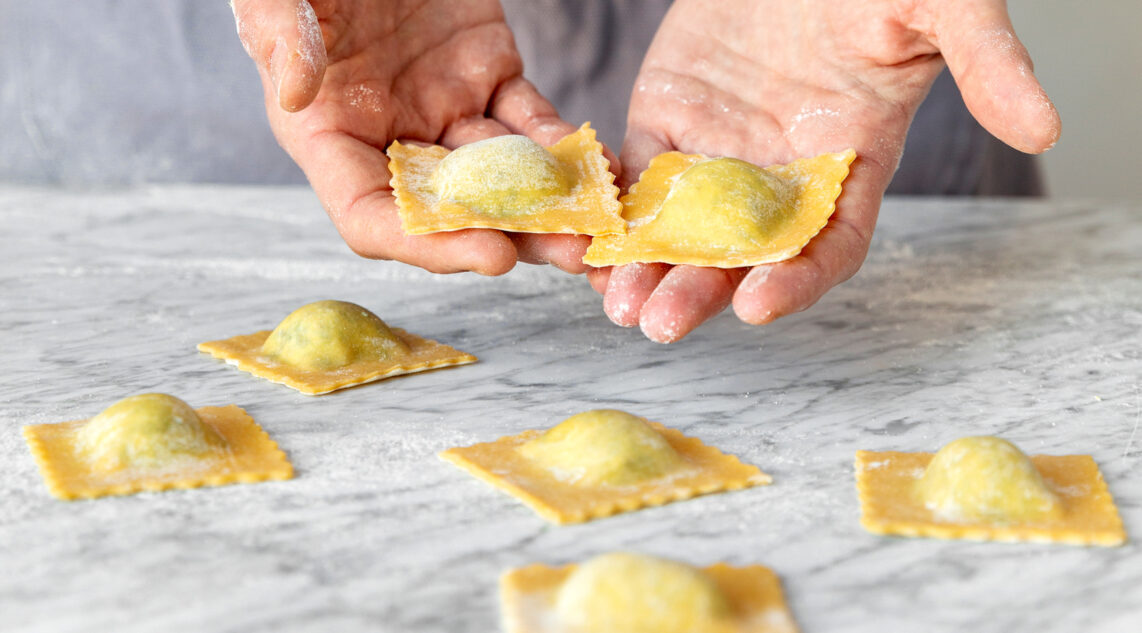
- 400 g Flour , Type 00
- 4 Eggs
- 1 Pasta machine, alternatively rolling pin
- 1 Dough wheel, , alternatively ravioli cutter or fork
Schritt für Schritt durch´s Rezept
- Step 1Knead the flour and eggs into a smooth dough, wrap in cling film and leave to rest in the fridge for an hour. In the meantime, you can prepare a filling (see further down in the article).
- Step 2Unwrap the pasta dough from the foil. Roll out thinly on a floured surface using a pasta machine or rolling pin.
- Step 3Divide the dough into 2 strips. They should be the same length and width.
- Step 4Mark on one of the strips with a cup, glass or ravioli cutter or similar exactly where the ravioli should be made.
- Step 5Place a walnut-sized amount of the filling in the center of each of the marked shapes.
- Step 6Now place the remaining strip of dough on top of the first one and press firmly around the fillings so that there is no air between the layers of dough.
- Step 7Cut out the ravioli with a pastry wheel, ravioli cutter or glass and place on a floured cloth.
- Step 8Cook in a large pan in plenty of boiling salted water for approx. 3 minutes until the ravioli float to the surface.
Make your own ravioli – step by step
The ravioli filling – 5 ingenious recipe ideas

The recipe’s dough made from 400 grams of flour and 4 eggs will make about 40 medium-sized ravioli, depending on the thickness and size you choose. But how should you fill them?
Regional inspirations from Italy
In Italy, many regions have their own recipes for the inside of ravioli.
- In Lombardy, perch, crayfish and mint come in
- in Molise salsiccia, pancetta, Swiss chard and goat’s ricotta
- in Bologna you will often find a mix of mortadella and prosciutto in the filling
3 golden rules for your ravioli filling
- Always season your filling really well. The pasta dough will take away some of the flavor later on.
- The filling should be creamy, but not runny! Fillings that are too runny will soften the pasta dough.
- The ratio of pasta dough to filling should always be right. A generous half teaspoon of filling is enough.

Popular ravioli fillings
A few classics are particularly popular in this country. We are now providing you with a list of mini recipes for ravioli fillings. Each one is easy to make, matches the basic recipe above in terms of quantity and adds a delicious touch to your ravioli.
1. ricotta, spinach and parmesan
This combination of ricotta and spinach is a classic. Ricotta provides a creamy texture, spinach adds a slightly tangy note and Parmesan adds spice.
Ingredients: 200 g ricotta, 150 g cooked spinach, 40 g grated Parmesan cheese, salt, pepper
Preparation: Squeeze the spinach, mix with the ricotta and Parmesan, season with salt and pepper.
2. sun-dried tomatoes and ricotta
This filling is particularly popular with those who have a preference for the sun-dried sweetness and creamy counterbalance of ricotta. Fresh herbs such as basil or oregano add the perfect finishing touch.
Ingredients: 80 g sun-dried tomatoes, 200 g ricotta, fresh basil or oregano
Preparation: Chop the tomatoes and herbs, mix with the ricotta.
3. gorgonzola and walnut
The combination of strong gorgonzola and crunchy walnuts has an interesting texture and a complex aroma.
Ingredients: 100 g gorgonzola, 80 g chopped walnuts, thyme
Preparation: Mix the gorgonzola and walnuts, add the thyme.
4. parma ham and parmesan cheese
The combination of hearty Parma ham and tangy Parmesan cheese offers a classic Italian symphony of flavors.
Ingredients: 100 g Parma ham, 40 g Parmesan cheese, pepper
Preparation: Finely chop and mix the ham and Parmesan, season with pepper.
5. tomato and mozzarella
Inspired by the flavors of a classic caprese salad, this combination of fresh tomatoes and mozzarella is very popular with fans of simple, fresh flavors.
Ingredients: 150 g tomatoes, 150 g mozzarella, basil, olive oil
Preparation: Dice the tomatoes and mozzarella, mix with the basil and oil.

The flour makes the ravioli dough
For pasta dough, especially for original Italian ravioli, it is best to use “type 00” durum wheat flour. You can find it in the Gustini store. This flour is characterized by a high protein content, which makes the dough elastic and firm so that it holds well during cooking. The flour also makes it possible to roll out the dough very thinly without it tearing. Alternatively, you can use a mix of Italian durum wheat flour (semola di grano duro) and normal wheat flour. This can improve the texture and make it easier to work with. A mixing ratio of 50:50 is a good guide.


And the sauce?
Anything is possible with ravioli. You can enjoy them in cream sauce (alla panna) or tomato sauce (sugo). The pasta pillows taste particularly delicious on their own, tossed in a little butter or olive oil.
The shape of the ravioli
Round, square, crescent or triangular: outside Italy, almost all filled pasta pillows (except tortellini) are called ravioli. In Italy, a distinction is often made according to their shape or region of origin. Agnolotti, which can be either round or traditionally square, come from Piedmont. Round ravioli are also sometimes known as girasoli, or sunflowers. Half-round ravioli are called mezzelune. If you want to make your own ravioli, you can get creative with the shape.
The history of ravioli in Germany
Ravioli is a well-known pasta shape in this country. This is not least due to the fact that they conquered the German market in Maggi tins in 1958. They are comparable to Swabian Maultaschen, Austrian Schlutzkrapfen, Russian pelmeni, Polish pierogi or Chinese wan tan.
More on the topic
FAQ about making ravioli yourself
Here are a few quick questions that keep coming up about homemade ravioli. If you have any other questions, feel free to ask them in the comments below.
Yes, that works! Dust the filled ravioli lightly with flour to prevent them from sticking together. Place the ravioli in a container that you can seal airtight. If you need to stack several layers, place baking paper between them. However, you should cook them within two days, otherwise they will dry out or the filling will become soggy.
Yes, that works! Place the ravioli in a single layer on a board lined with baking paper or something similar that will fit in the freezer. The pasta must not touch each other, otherwise it will freeze together. After a night in the freezer, transfer the ravioli to airtight freezer bags. You can put frozen ravioli directly into boiling water without defrosting them first. They are cooked when they float to the top.
Don’t use too much filling! When pressing the dough layers together, take care to remove any excess air. Brush the edges of the dough and the area around each filling lightly with water or beaten egg. Use a fork, pastry wheel or special ravioli molds to seal the ravioli. Press firmly around the filling to ensure the dough sticks together well. Make sure the edges are completely sealed. Cook the ravioli in gently simmering water, but not in boiling water.
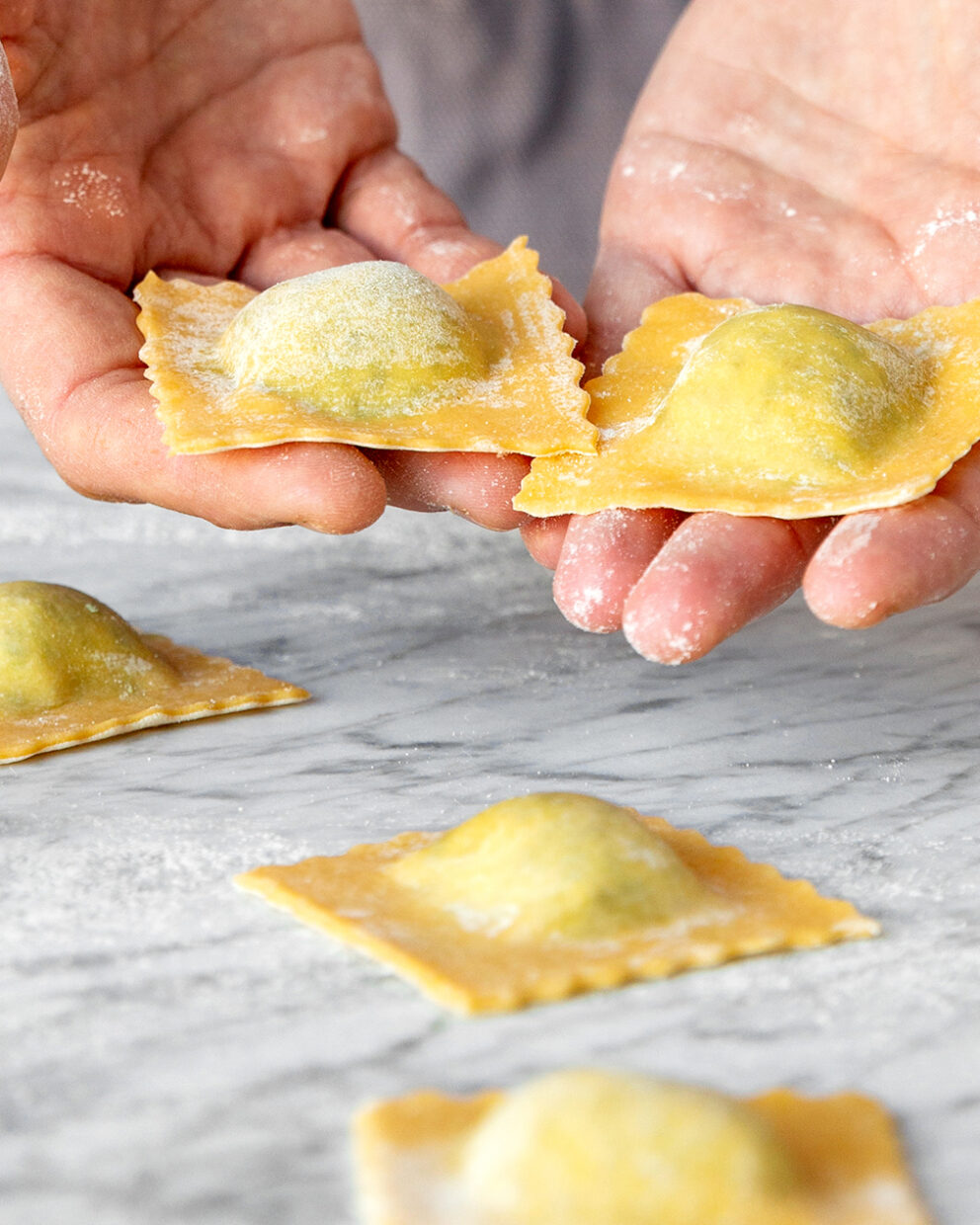



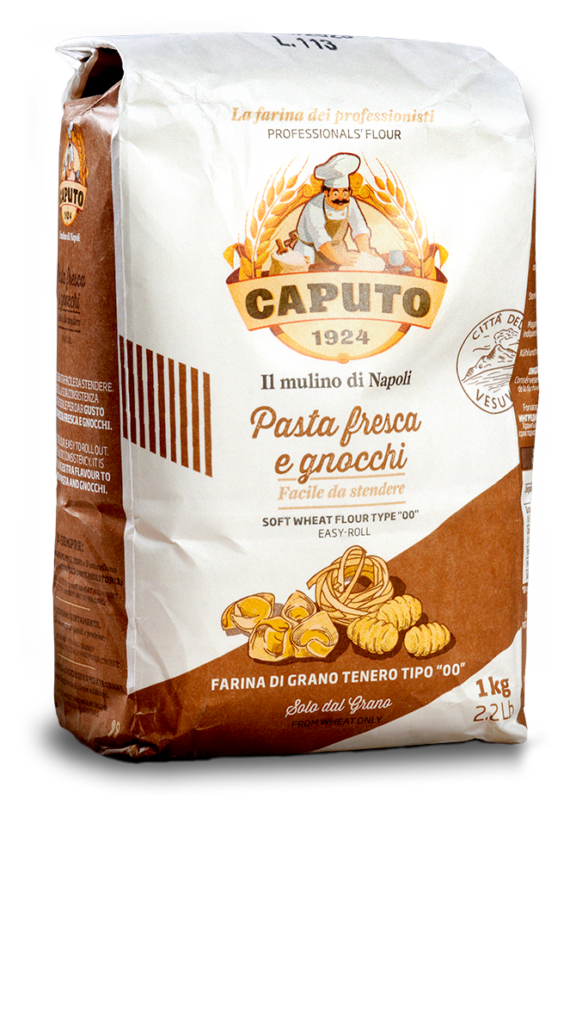
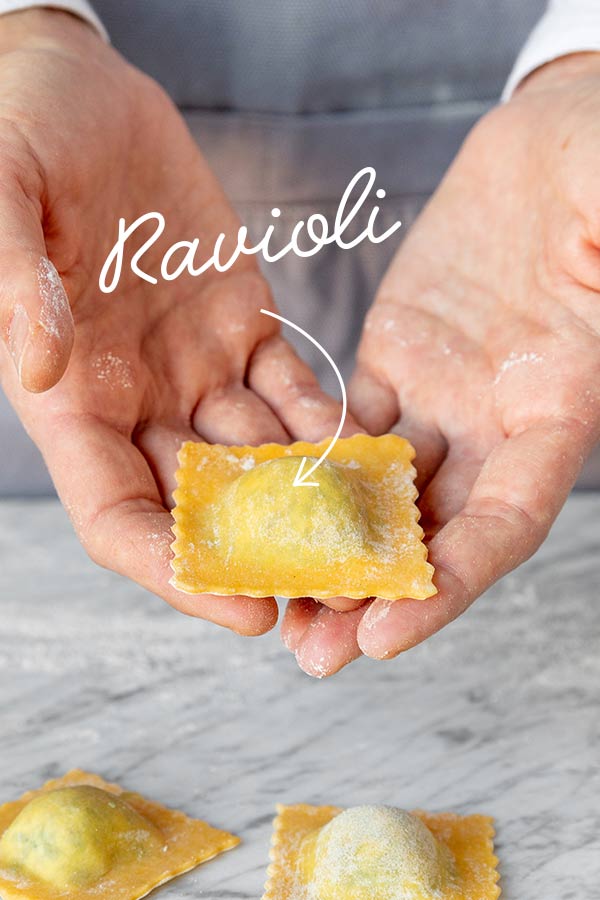
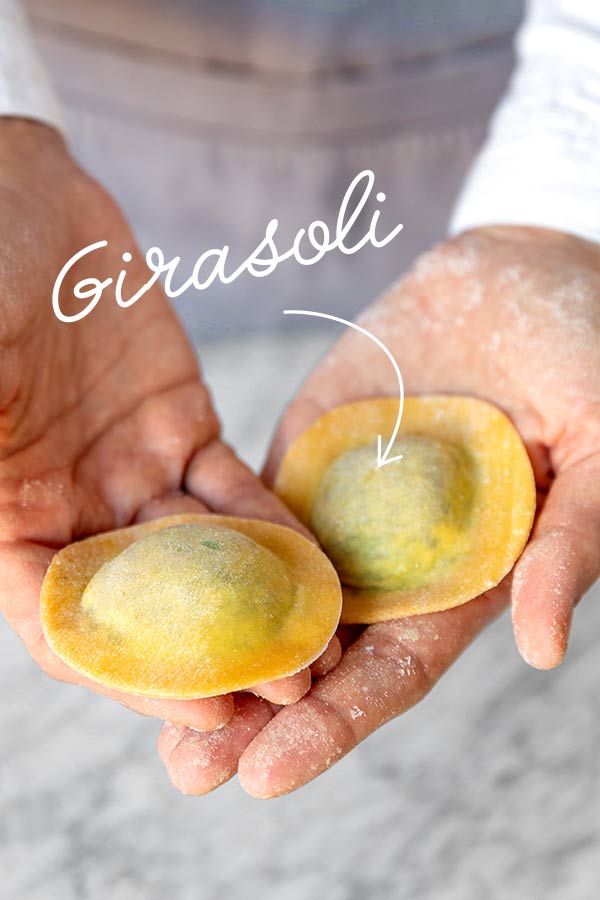



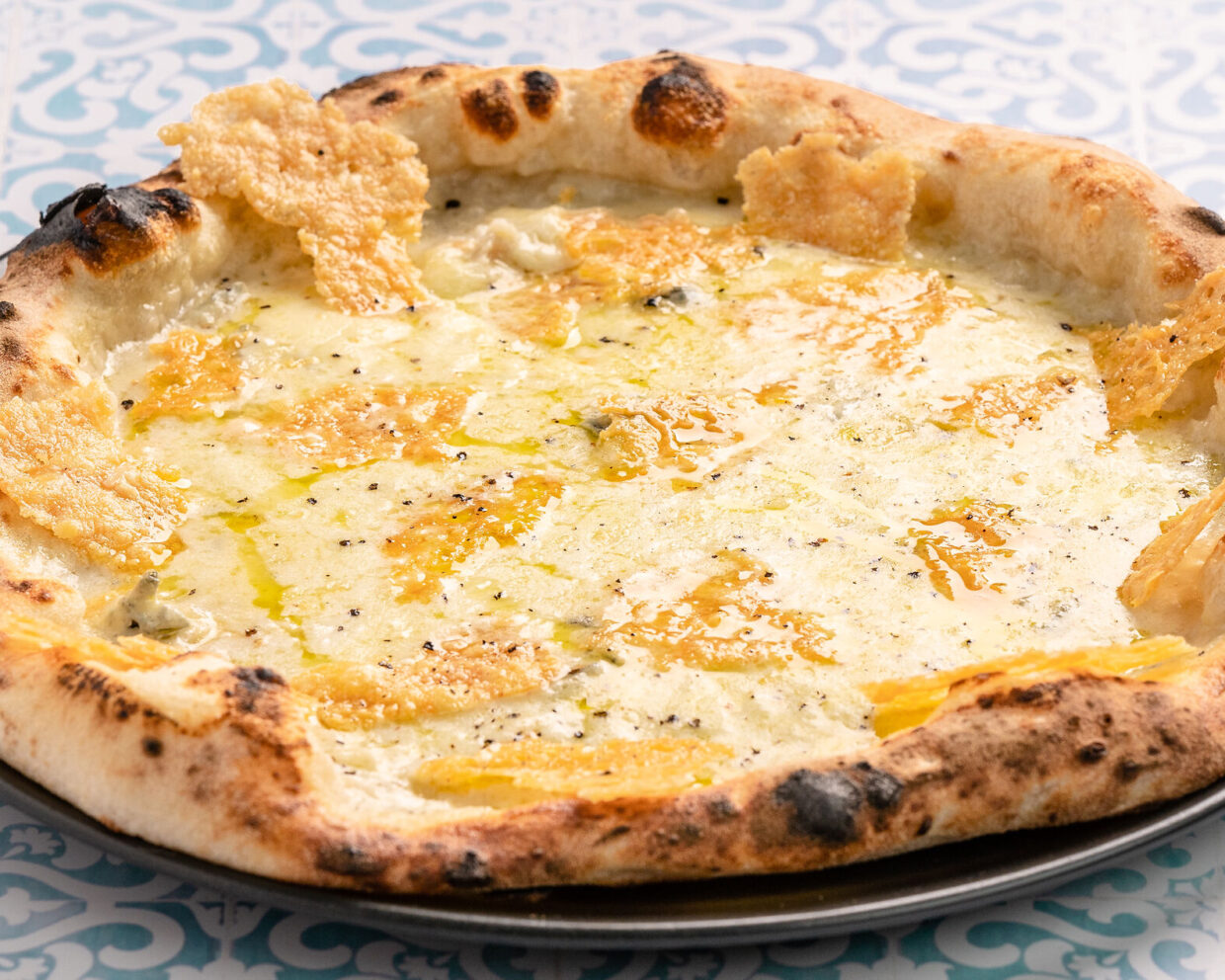
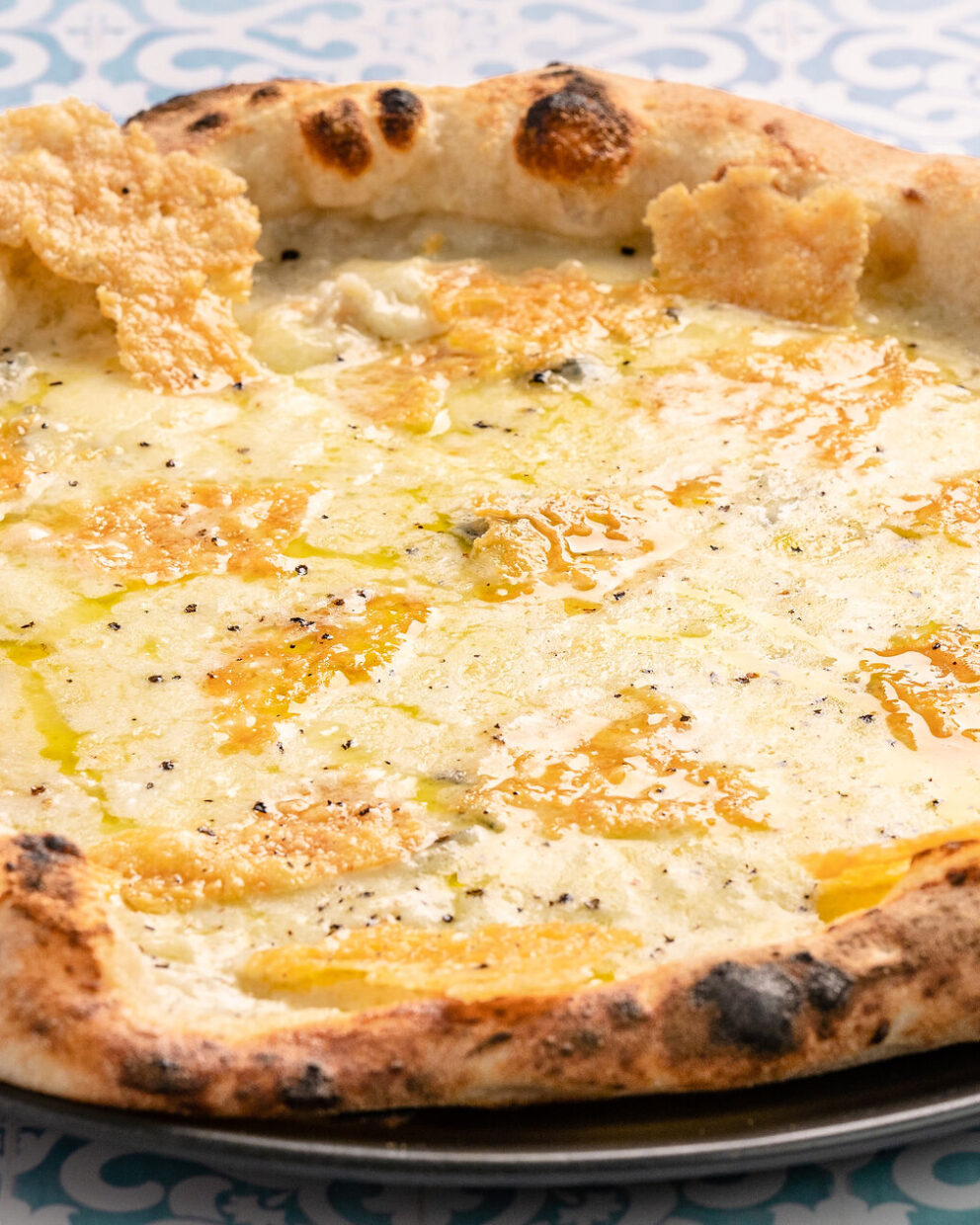


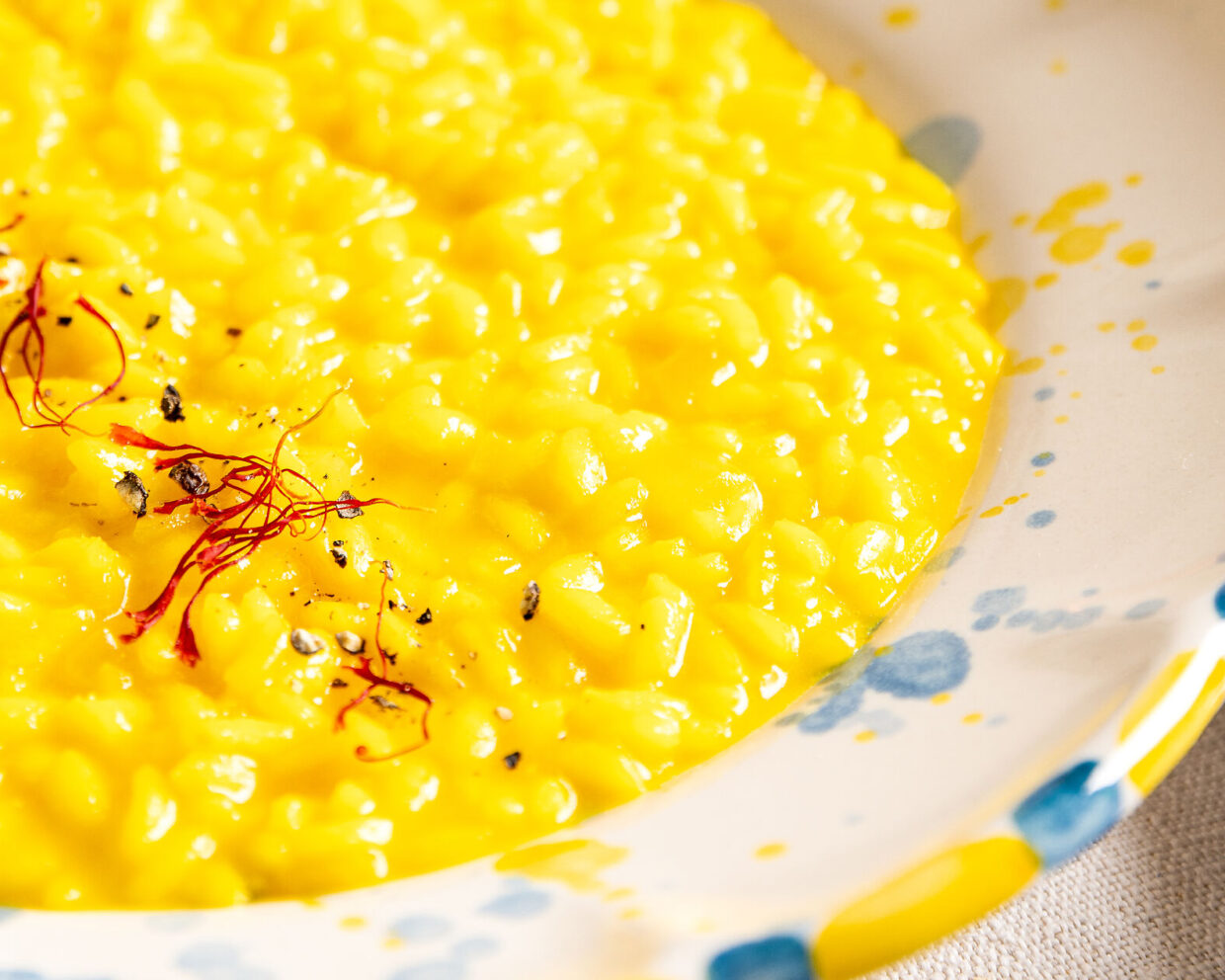
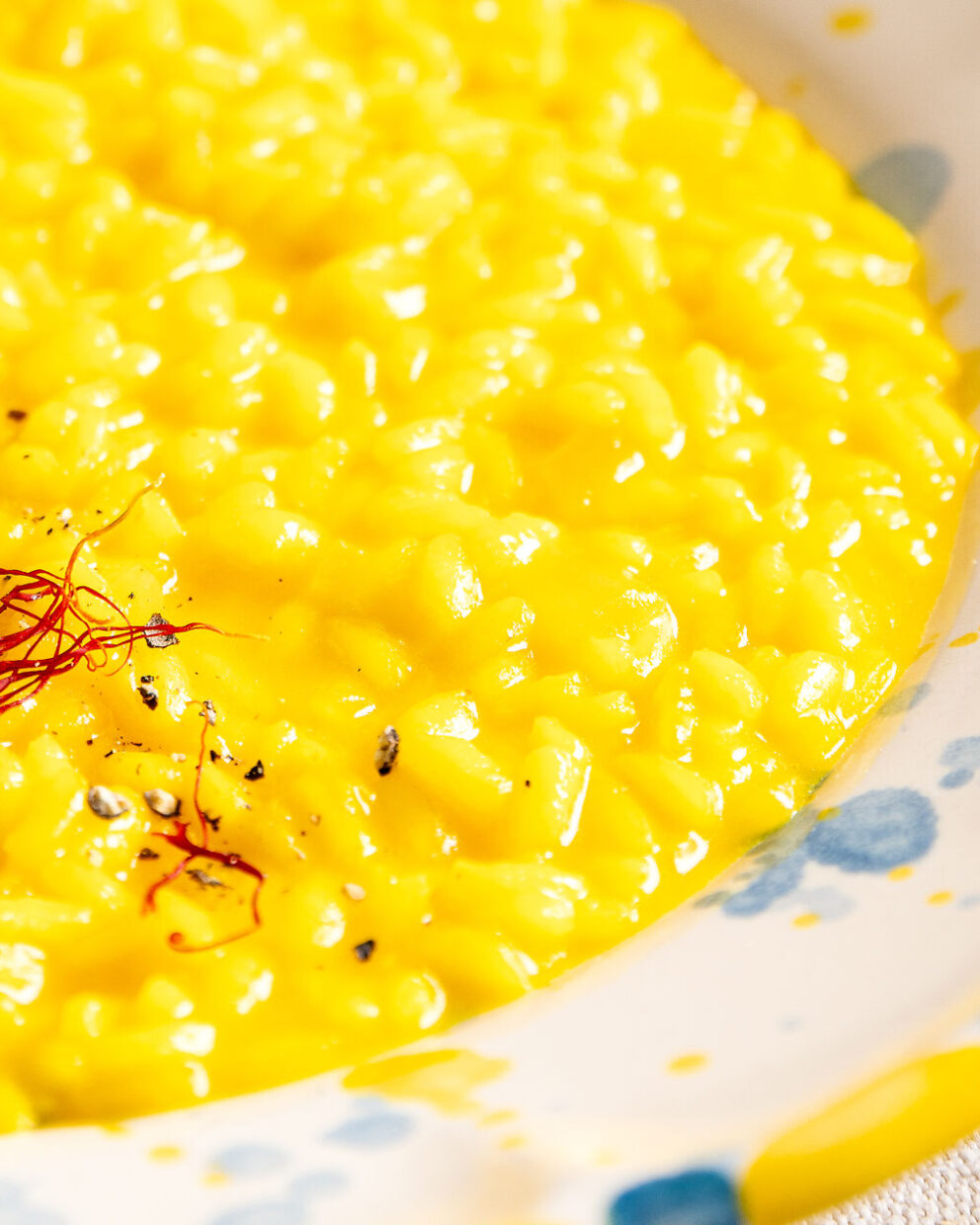
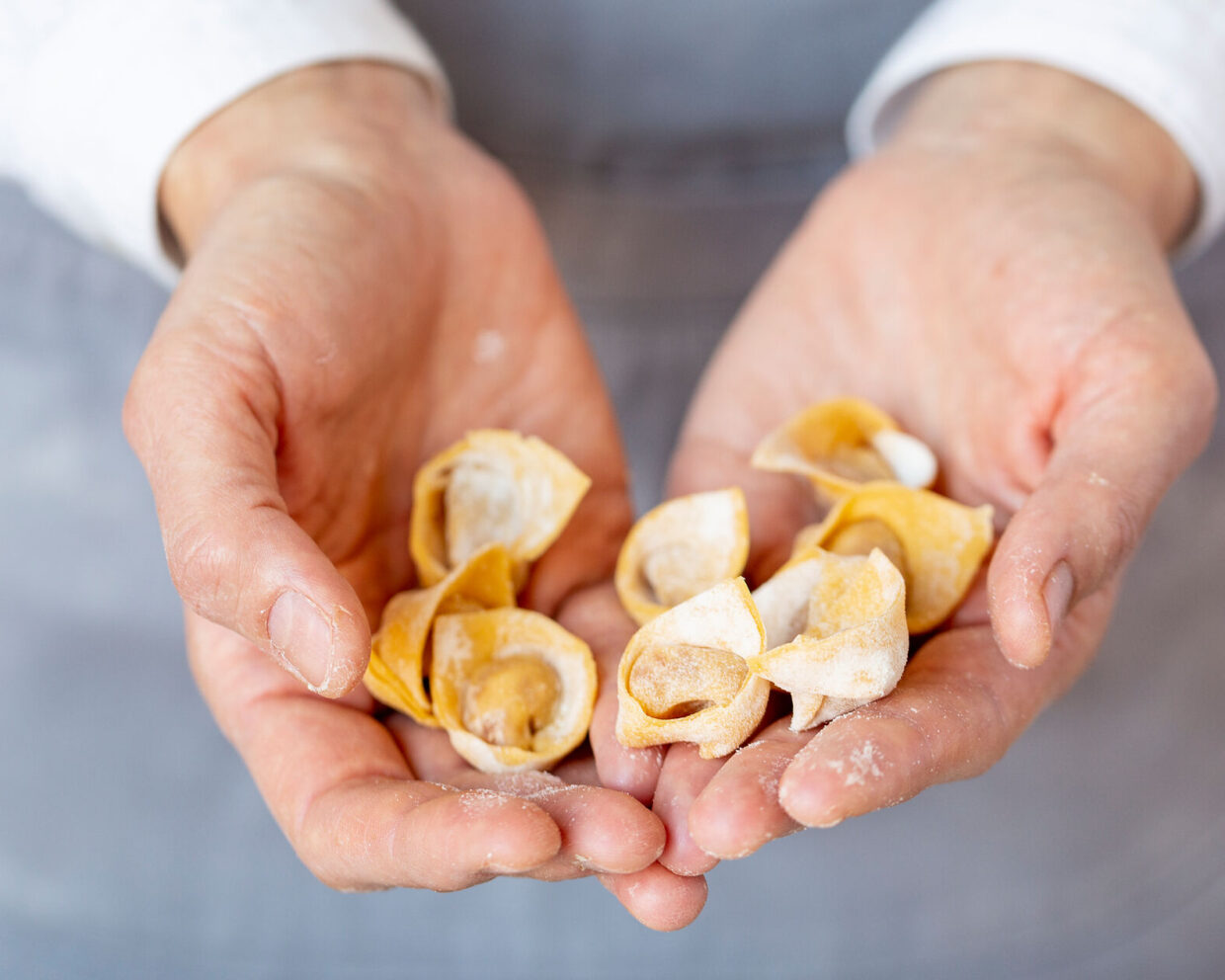
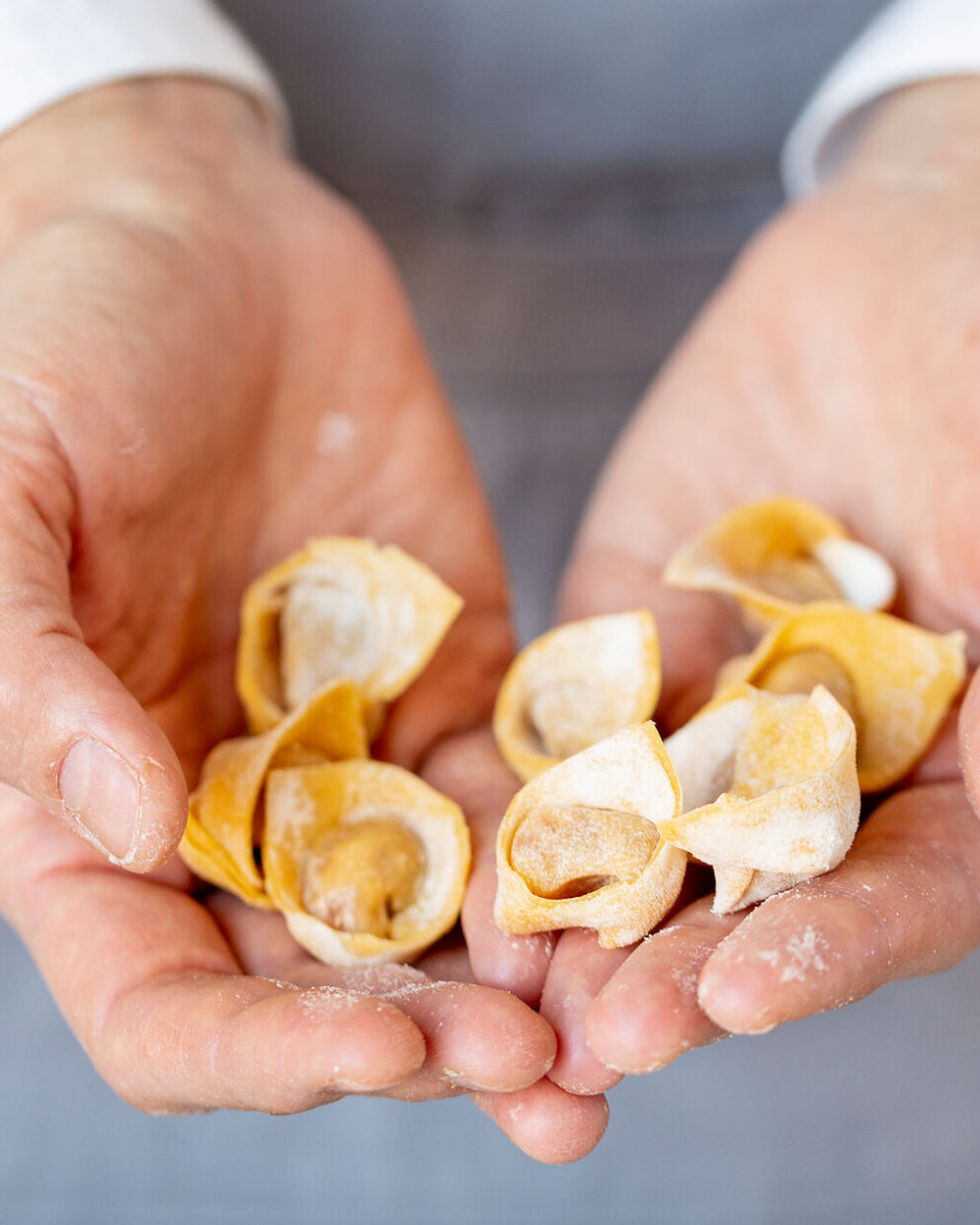
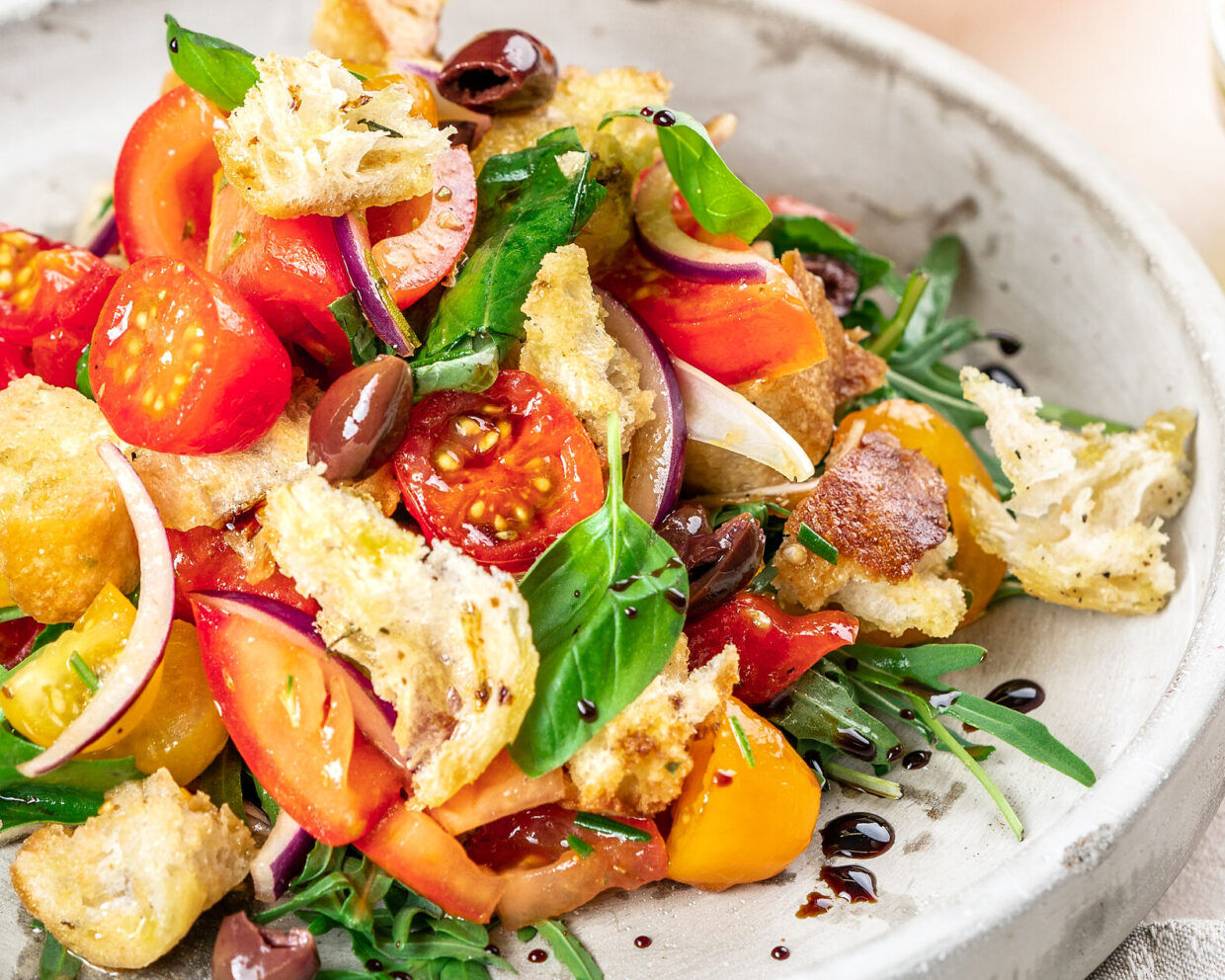
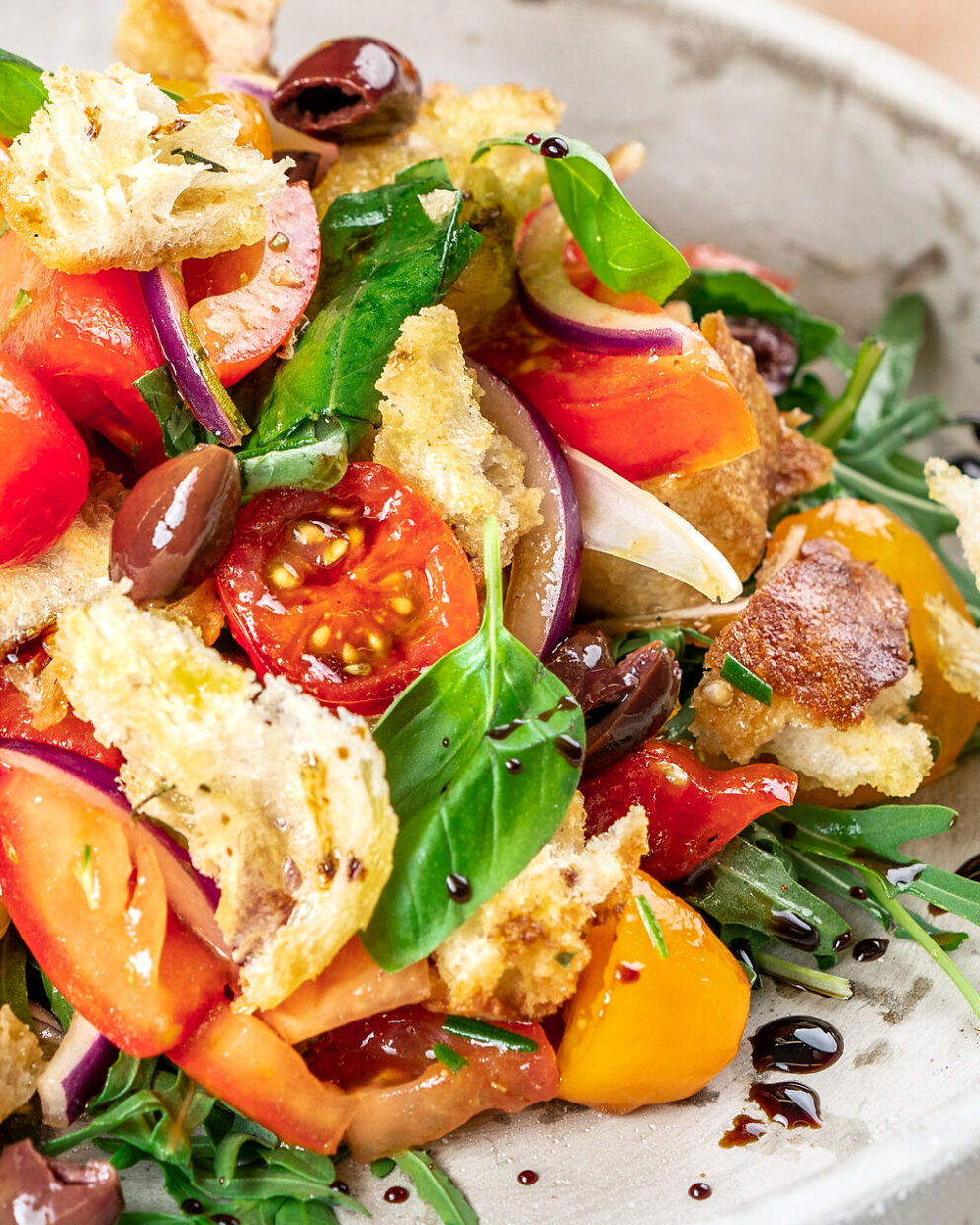
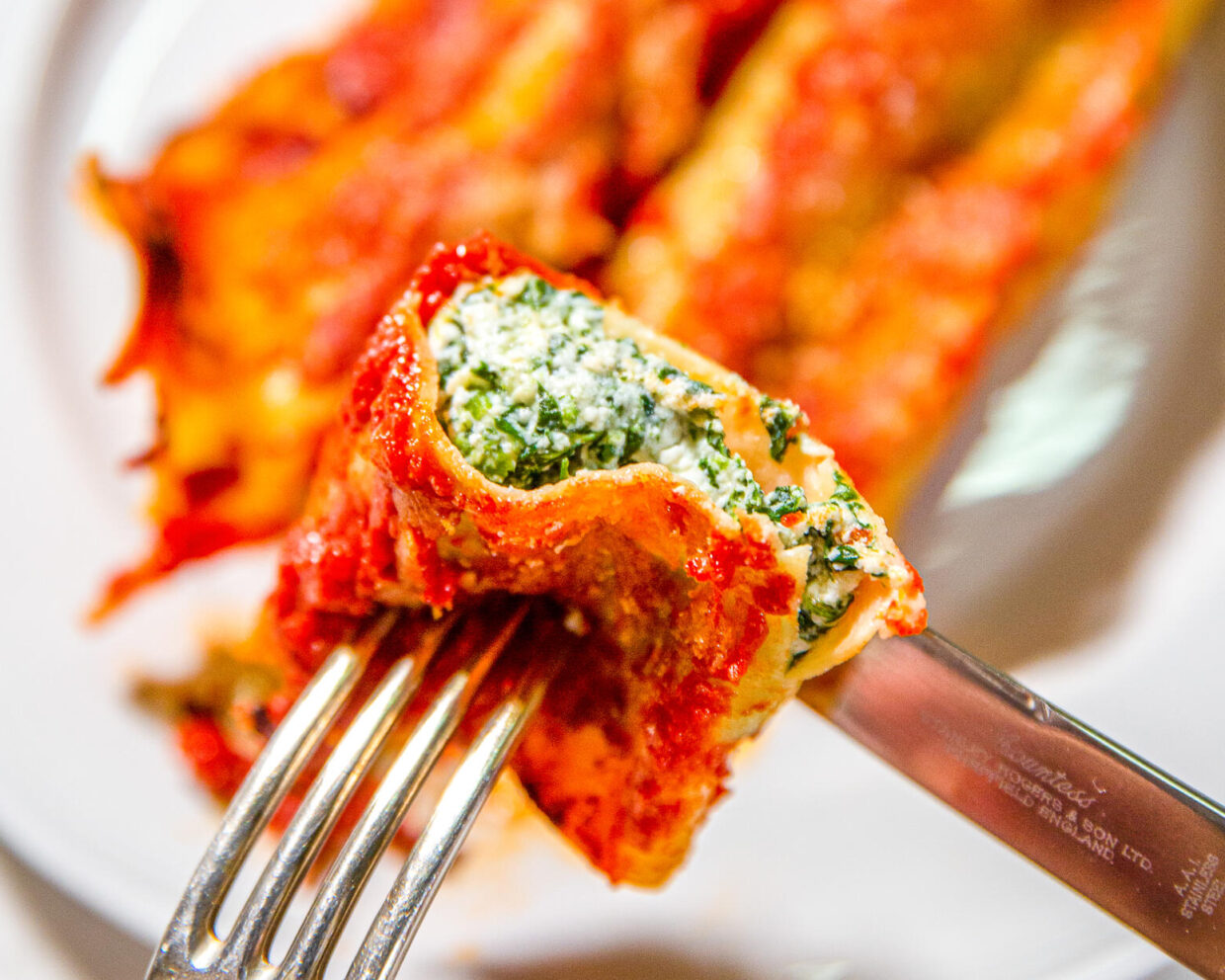
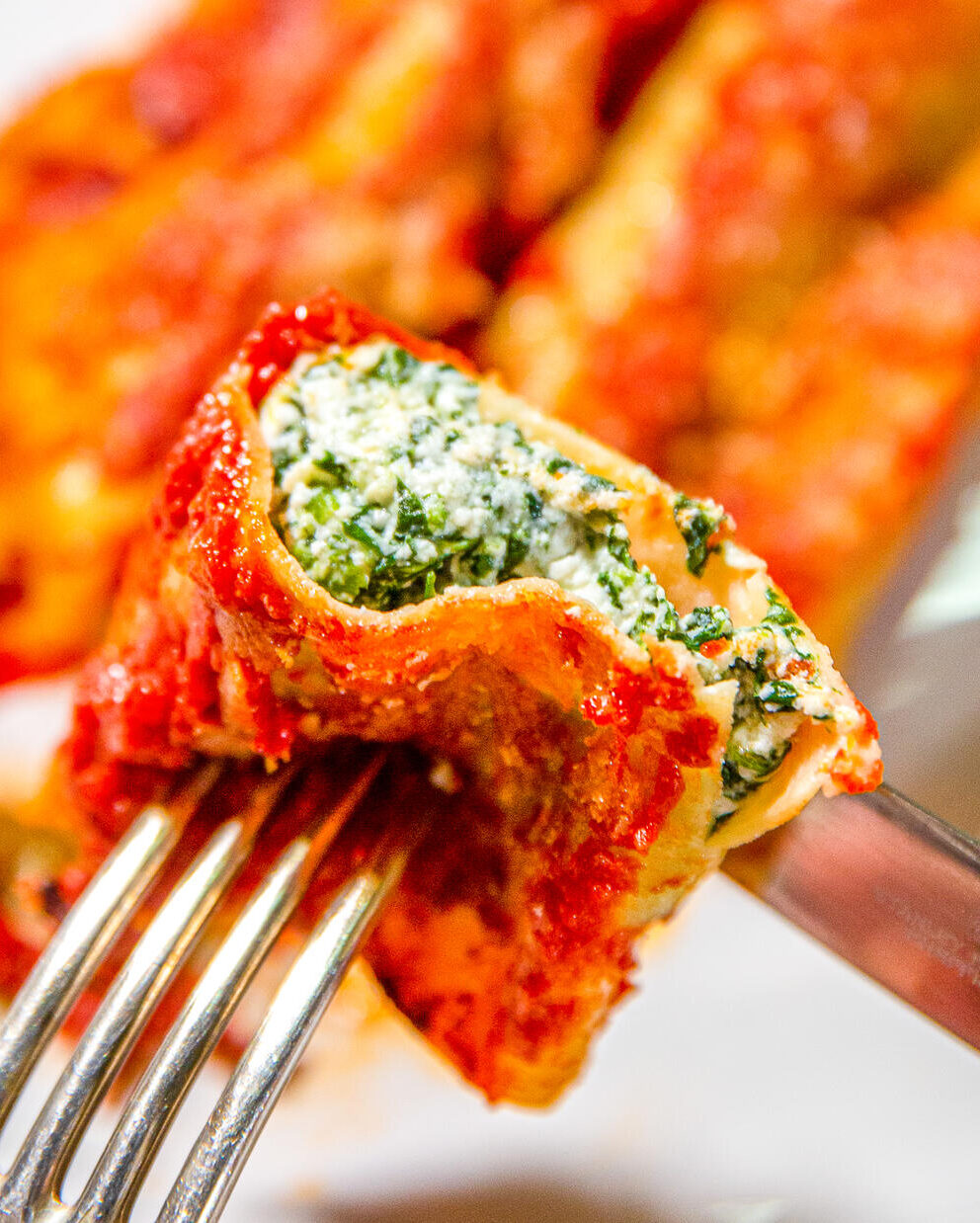
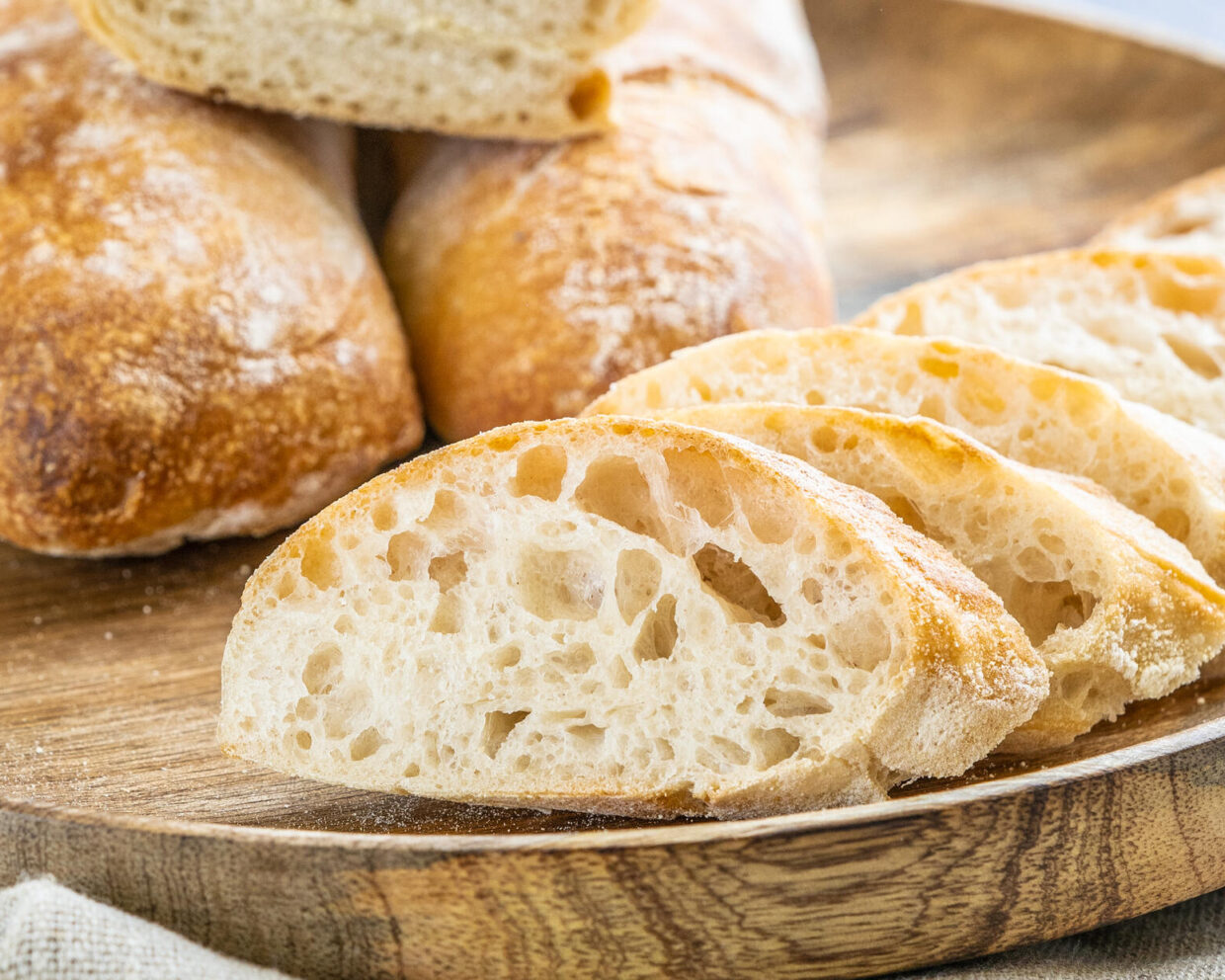
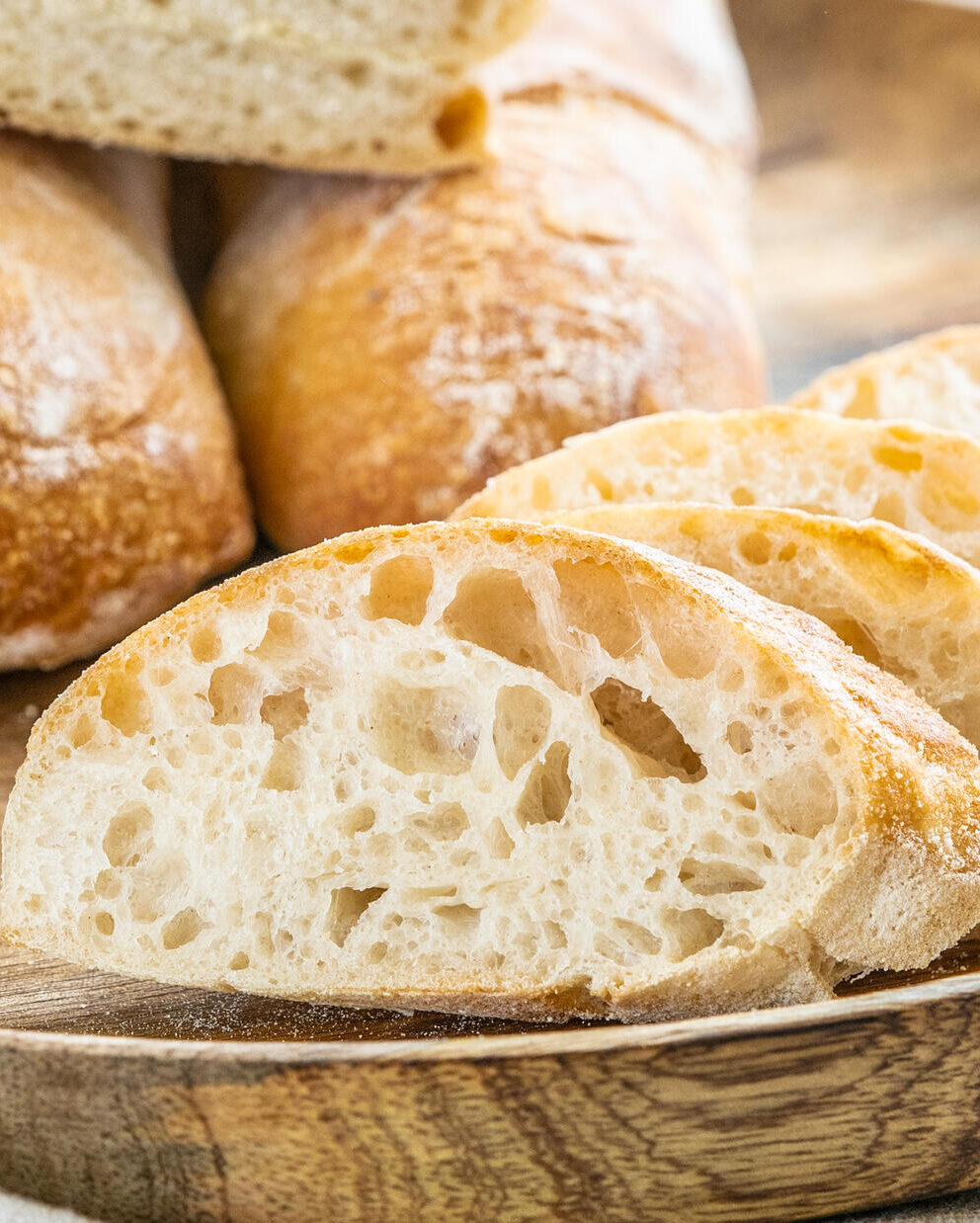
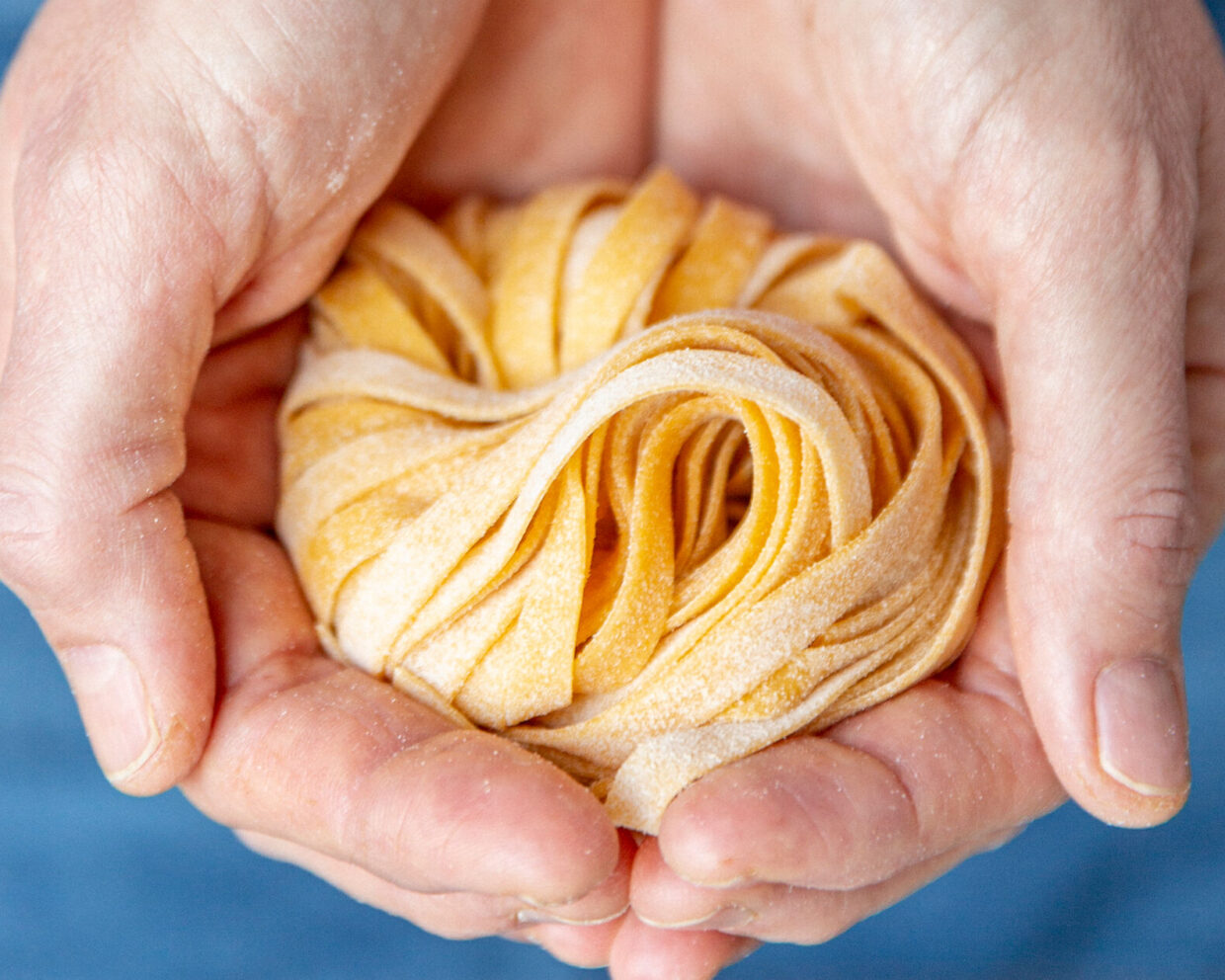
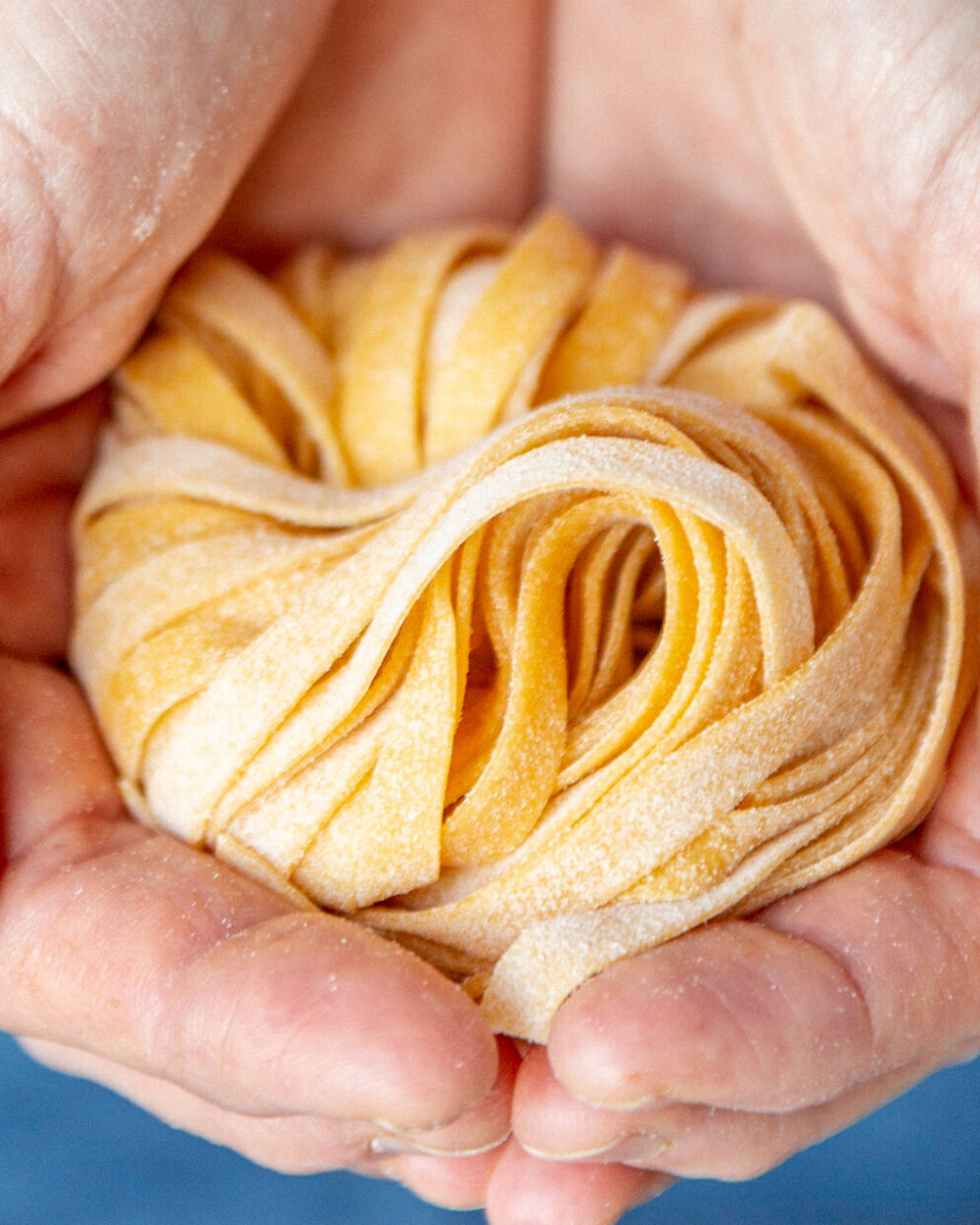

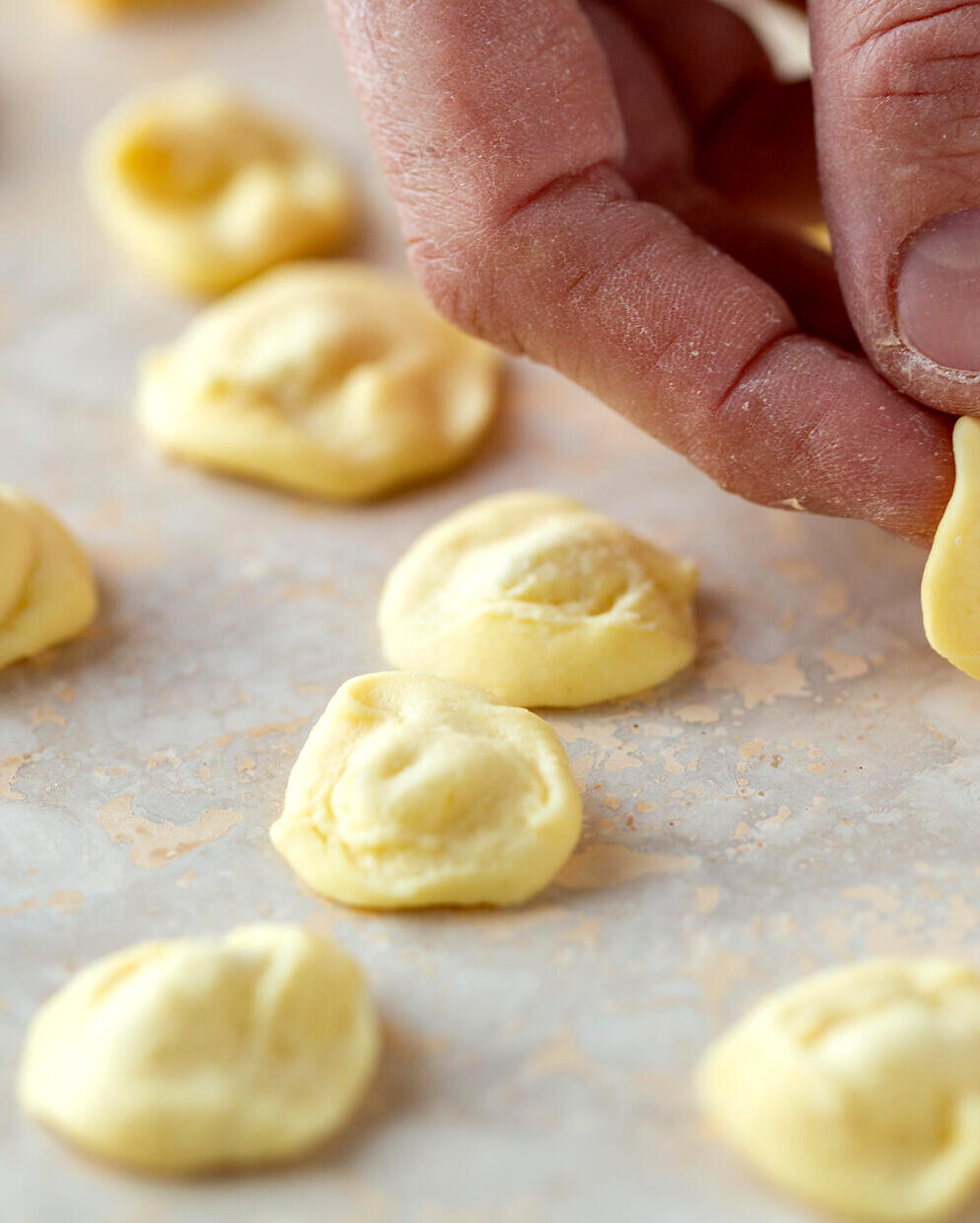
Want to share your thoughts? We're excited to hear what you think of the article. Tell us about your ideas, tips or questions! Leave a comment and share your knowledge with the community. Your opinion counts.
Write a comment